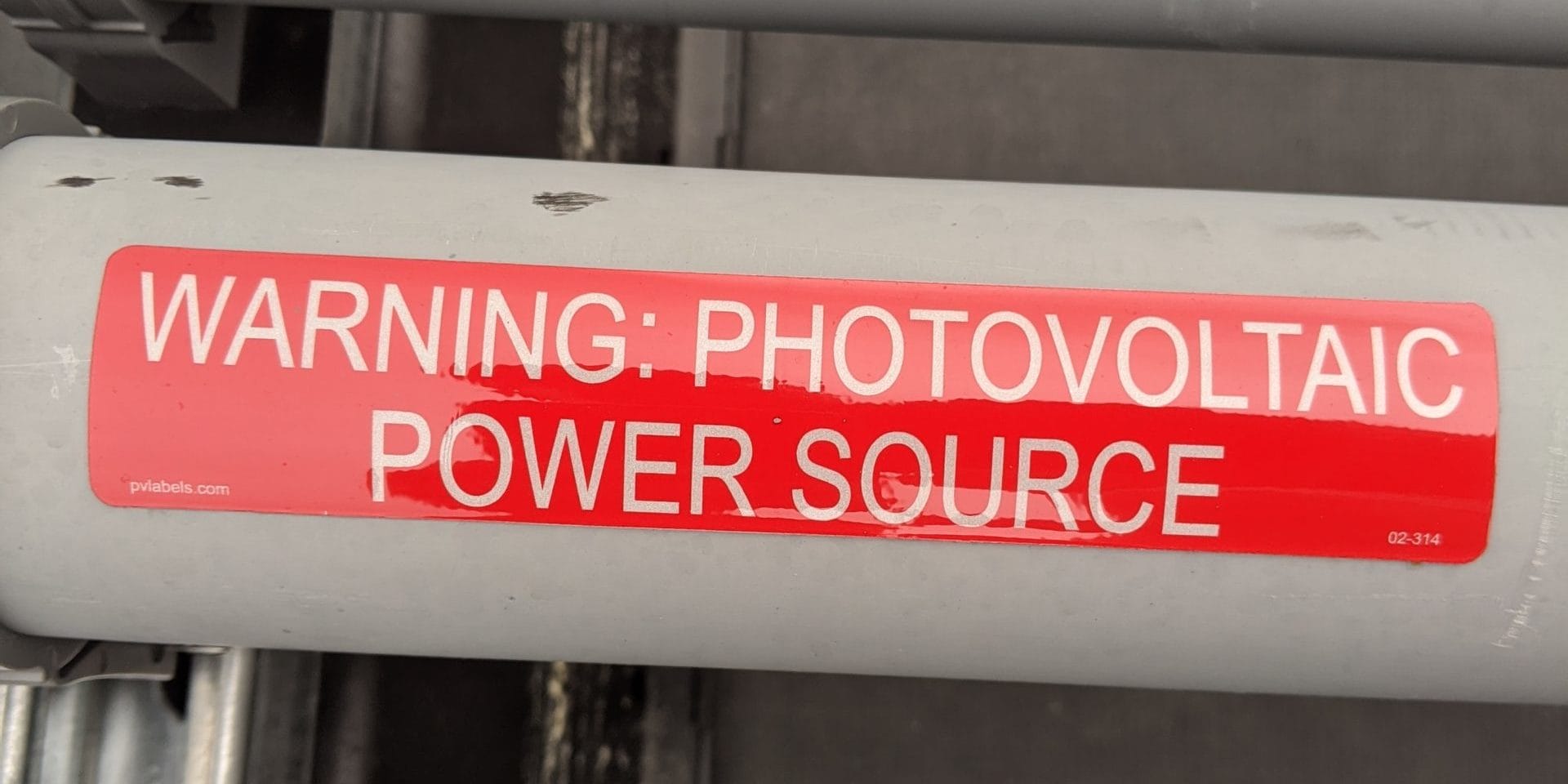The Clean Power Hour is a weekly clean energy headline review and commentary podcast run by Tim Montague, and yours truly – the CommercialSolarGuy – John Fitzgerald Weaver.
Now – this week’s news:
“$4.2 million in land lease payments for current 1 GW of solar capacity in the pipeline”
The analysis, Potential Economic Impact of Community Solar in Pennsylvania, found that 235 community solar facilities across Pennsylvania, with projected a capacity of 1.033 megawatts, has been sited on 4,172 acres of land. With land lease rates estimated to range from $700 to $1,000 an acre, that’s $2.9 to almost $4.2 million a year for 25 to 35 years. Source
And to complement that point above – check out the solar tax revenue pop in North Carolina:
One reason solar remains so popular in states like NC: new projects drive a nearly **2,000%** avg increase in annual tax revenue per parcel – a major new source of funding for rural, economically distressed counties to invest in local services. New report: https://t.co/mfVfjroTzU pic.twitter.com/EE3190CGKH
— Tyler Norris (@tylerhnorris) October 14, 2020
“Scatec Solar to acquire hydropower developer, touts floating solar potential”
In acquiring SN Power, Scatec Solar will take on a 1.4GW portfolio of hydropower assets in the Philippines, Laos and Uganda, as well as a 2.5GW pipeline of prospective projects based mainly in Asia and Sub-Saharan Africa. Scatec Solar listed a number of strategic benefits to the deal, including both technological and geographical diversification compared to the company’s existing offering and hydropower offering “inherently attractive characteristics” such as storage, perpetual asset life and low operational risks.
Furthermore, Raymond Carlsen, chief executive at Scatec Solar, talked up the potential to combine the two company’s expertise and deploy floating solar projects on existing hydropower facilities. “Hydropower and solar PV are complementary technologies, resulting in new project opportunities, for instance floating solar on hydro reservoirs,” he said. – Source
“America’s highways have significant solar potential”
The authors found that most states have more than 200 miles of suitable interstate frontage remaining, totaling between 440 and 6,600 acres of ROW area in interchanges available for solar installation (~100 MW to . The authors did find that most states have solar potential in the thousands of GWh per year, with numbers ranging anywhere from 127 to 1,814 GWh annually, as well as several hundreds of millions of dollars of prospective revenue to the state.
As for the potential solar energy value ($M/yr) per year if every identified interchange in each state were developed with solar, California is comfortably at the head of the pack, with nearly $350 million in potential annual value. Coming in second is New York at just under $200 million annually, followed by Illinois, Michigan and Texas, respectively, each of which are just above $150 million annually. Source
Meyer Berger is about to become one of the world’s most important solar panel manufacturers as part of an EU push for a domestic solar module industry. This is a transition from them being one of the world’s most important solar manufacturing hardware manufacturers. See what they did there? Moving up the value chain. They shared a video inside their new facility – showing their machines – Source. And a corollary article that includes Meyer Burger, plus others:
“5 Would-Be European Giga-Scale Solar Manufacturers: Solar manufacturing has strategic importance in Europe. Here are five companies hoping to scale up and take advantage.” – Source
- Genuine Europe Solar: 2 GW, wafers, cells and modules
- 3Sun: 3.3 GW, cells and modules
- RCT Solutions: 5 GW, cells and modules
- Oxford PV: 10 GW, cells
- Meyer Burger: 5 GW, cells and modules
“Everything we know about the newest U.S. solar panel manufacturer — Violet Power”
Violet Power is setting up in a 600,000-sq.-ft facility across the street from REC Silicon in Moses Lake, Washington, and will have 500 MW of crystalline silicon solar cell manufacturing capacity by Q2 2021 with another 500 MW of full panel production by the end of next year. The plan is to eventually scale to 5 GW of production and 1,000 manufacturing employees.
Violet Power solar panels will be highly durable with a production warranty of 50 years. The panels were installed in Europe in 1982 and just recently decommissioned, all the while monitored and tested by independent research labs in Italy and Switzerland. One of the encapsulate recipes led to the panels retaining 95% of the power they had 35 years earlier when they were initially installed. Source
Speaking of solar cells and panels and all, here’s a weekly solar panel supply chain spot market:
PV Spot Price(2020/10/14)https://t.co/x7V0D4fH93 pic.twitter.com/pXysPo9jCV
— Commercial Solar Guy (@SolarInMASS) October 14, 2020
“Fluence Acquires Grid Software Startup AMS: Pioneering California battery startup AMS finds an exit — and a home for its market-bidding software — with the global energy storage supplier.”
After winning pivotal utility contracts in California, AMS ran up against the capital constraints of managing a multiyear infrastructure build-out as a venture-backed company. In 2017, it pivoted to software to dispatch grid assets more profitably in competitive markets.
The 100-megawatt Snowtown 1 wind farm in South Australia became AMS’ first customer in July 2019. Now AMS dispatches 1.7 gigawatts of Australian renewable or battery plants, with another 500 MW booked. The company more recently launched in California and picked up 200 MW of customers there. – Source
And last but not least, another list – “Swinerton was the largest solar EPC contractor outside China in 2019″
U.S. San Diego-based EPC Swinerton Renewable Energy was the largest EPC contractor outside China last year with 5.0 GW of deployed solar, according to Wiki-Solar. In 2018, the company reached the second position in the ranking with 4.1 GW of installed PV plants. US thin-film module manufacturer First Solar, India’s Sterling & Wilson and Juwi, and Germany’s Belectric occupy the next three positions in the ranking, with 4.46 GW, 2.81 GW and 12.30 GW of deployed PV, respectively.
Now, onto the video:
